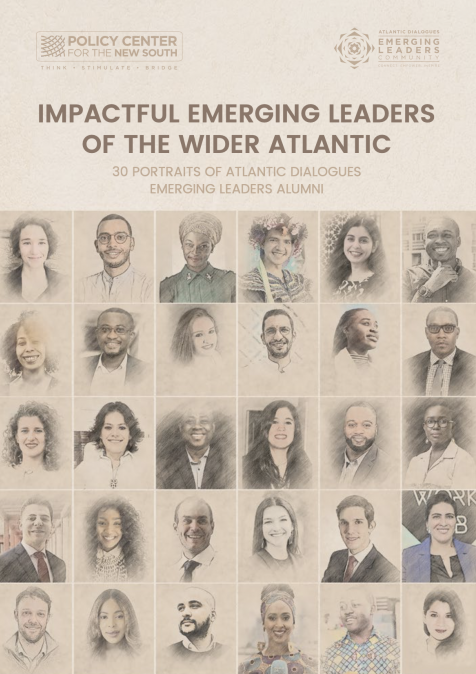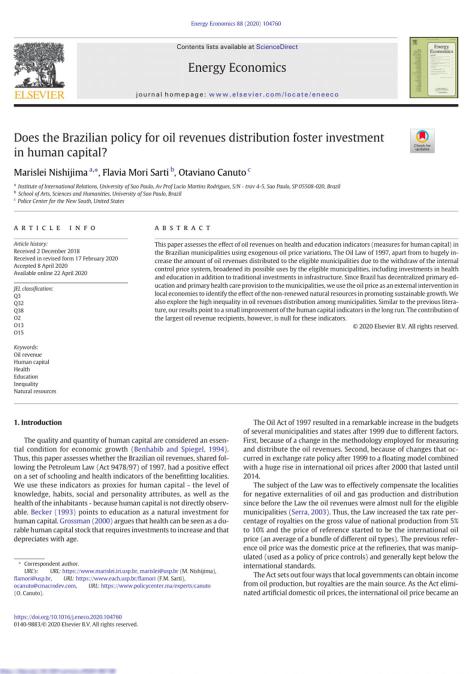Publications /
Paper in Academic Journals
Brazilian scholarly output has rapidly increased, accompanied by the expansion of domestic collaborations. In this paper, we identify spatial patterns of collaboration in Brazil and measure the role of geographic proximity in determining the interaction among researchers. Using a database comprising more than one million researchers and seven million publications, we consolidated information on interregional research collaboration in terms of scientific coauthorship networks among 4,615 municipalities during the period between 1992 and 2009, which allowed us to analyze a range of data unprecedented in the literature. The effects of geographic distance on collaboration were measured for different areas by estimating spatial interaction models. The main results provide strong evidence of geographic deconcentration of collaboration in recent years, with increased participation of authors in scientifically less traditional regions, such as south and northeast Brazil. Distance remains a significant factor in determining the intensity of knowledge flow in collaboration networks in Brazil, as an increase of 100 km between two researchers reduces the probability of collaboration by an average of 16%, and there is no evidence that the effect of distance has diminished over time, although the magnitude of such effects varies among networks of different areas.




